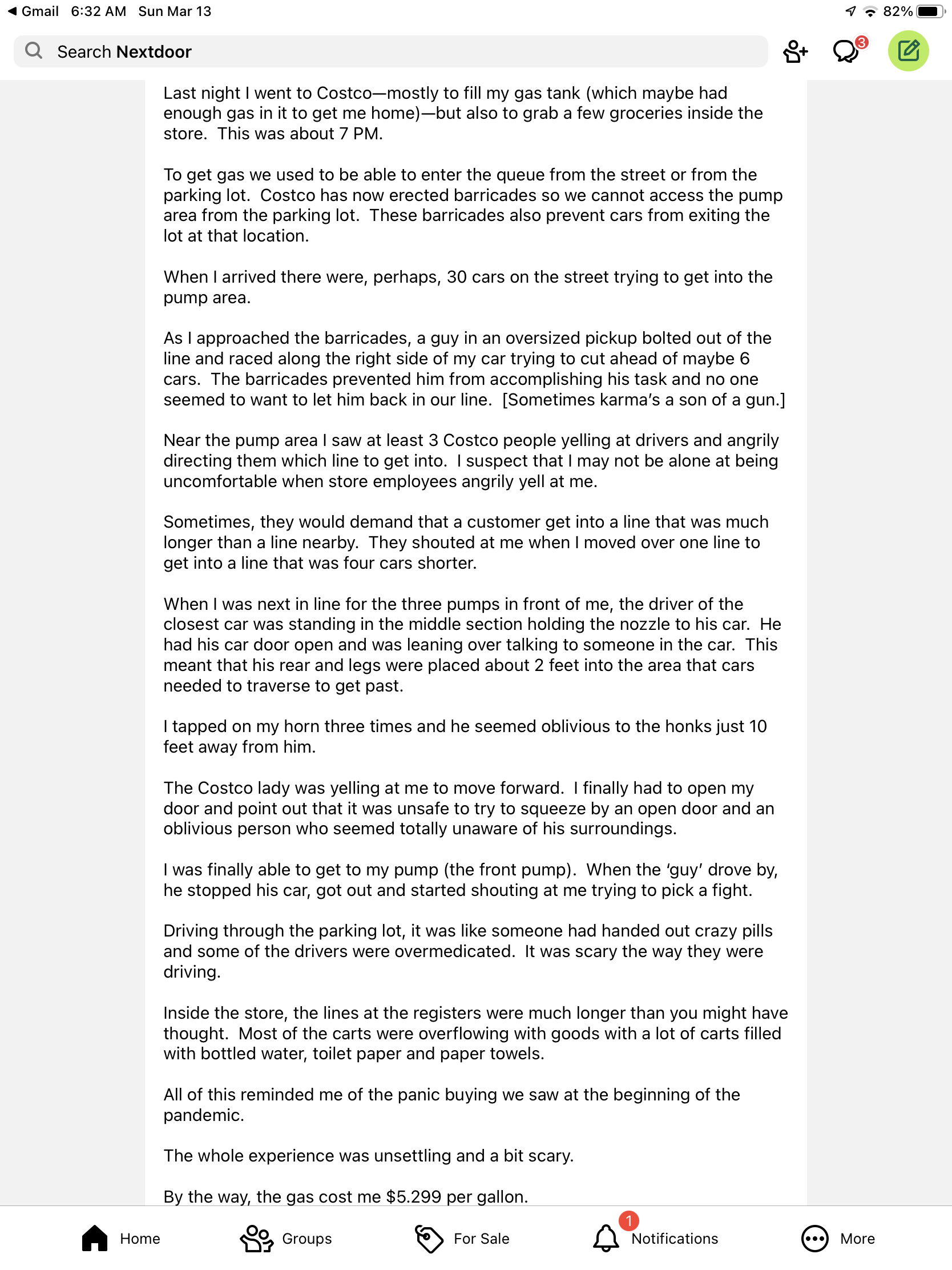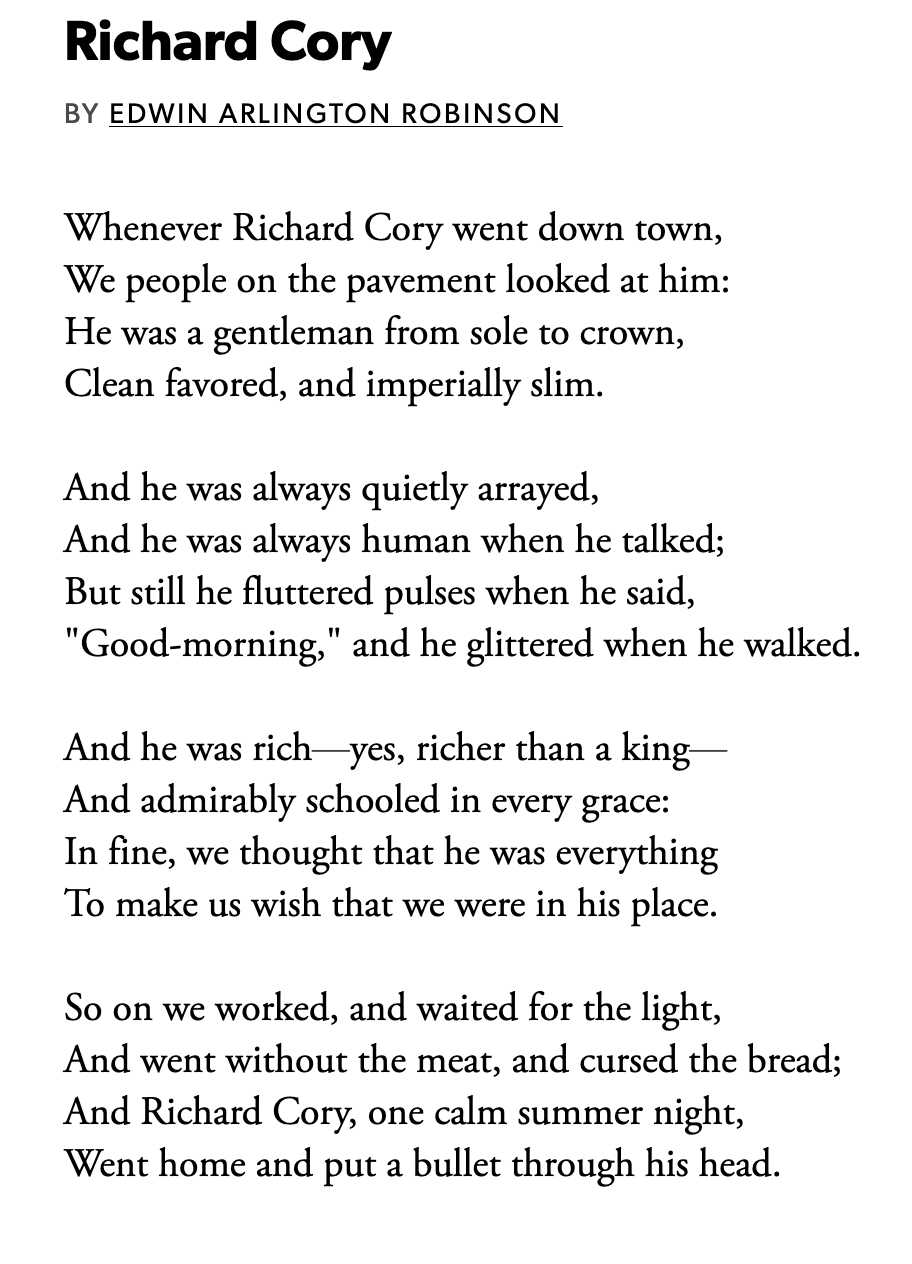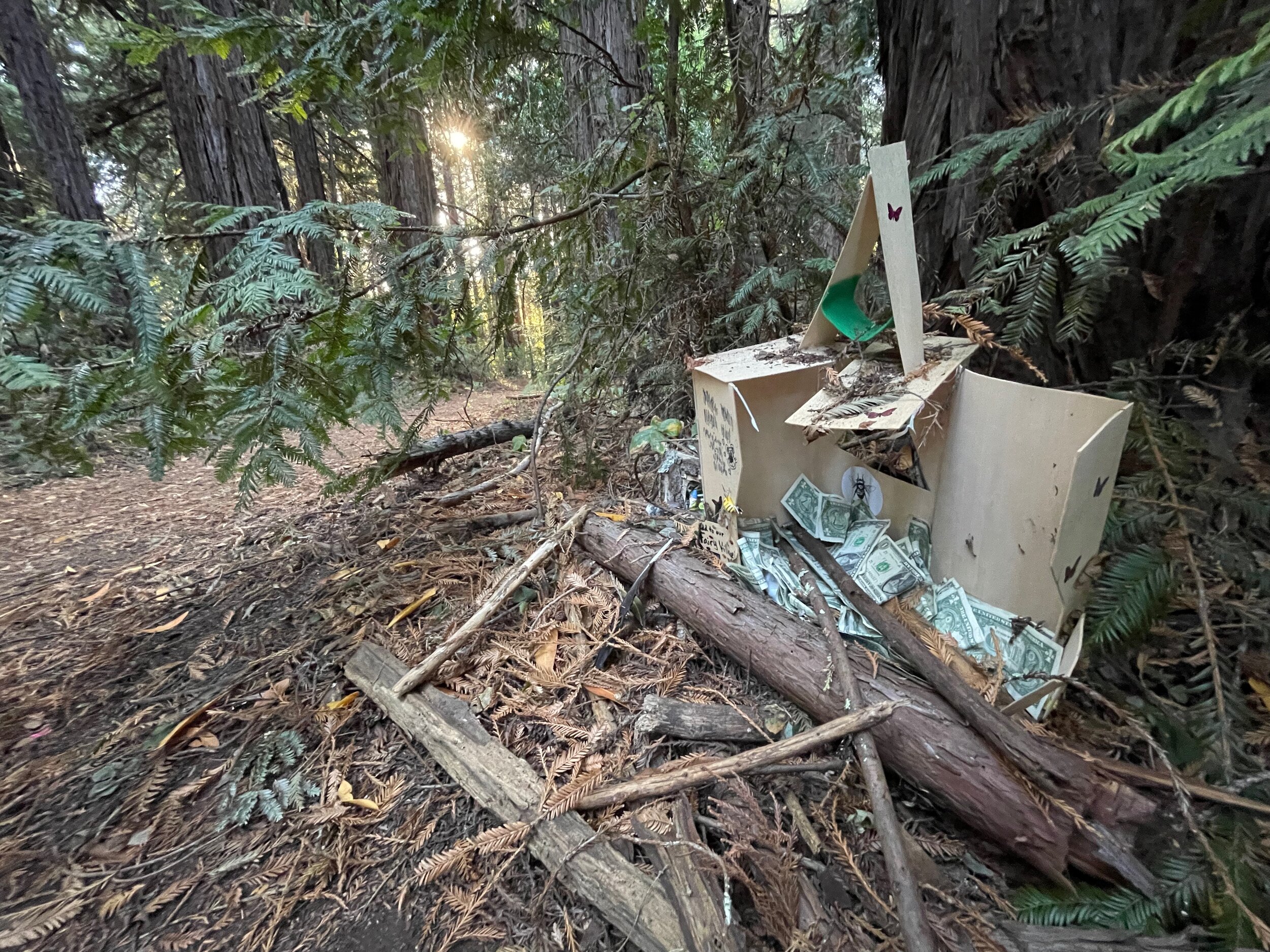We’re surrounded by awful.
The bodies of civilians murdered by Russian soldiers in Ukraine. Russia claims it’s a “hoax.” It isn’t.
The war continues, now in its seventh week. The senseless war and the senseless brutality have stunned the world. Oh, not the whole world. China says it won’t turn its back on Russia. It, too, blames the West. India remains inexplicably neutral, a stance that with each passing day reveals a cultural ugliness. This is a failed culture.
I thought about writing this in my blog yesterday morning when I read this in the SF Chronicle:
Sacramento mass shooting: Suspect arrested as search continues for gunmen in the killings
A fight broke out in downtown Sacramento Sunday morning. Shots were fired. At least eighteen people were wounded by the gunfire; six died. Multiple gunmen are suspected. One has been arrested. We’re accustomed to such headlines, In the first three months of the year 136 mass shootings have taken place, with many killed and scores wounded. Awful gun violence surrounds us arm in arm with the NRA.
And here we go again…
Jesus, Nazis, The Confederacy, a Hitler salute.
Right wing extremists, anti-Americans, these “patriots”—white supremicists, misogynists, racists, so-called “conservatives”, are marching in lockstep with what was formerly known as the Republican party that is so broken, so immoral, so depressingly large, and so hopelessly stupid, that they’re once again happily putting up Sarah Palin in a run for Congress. A party with Palin, Boebert, Greene, Gosar, and Gaetz, is a party opposed to everything that I believe, candidates with a collective IQ in single figures. They are awful. The aforementioned Greene tweeted yesterday, accusing three of her intellectually superior legislators as being “pro-pedophile” because they’ve voiced support for the eminently qualified Ketanji Jackson, the first black woman to be nominated for the Supreme Court. How unimaginable it is to be that stupid.
From the NY Times, “California’s snowpack is now at 39 percent of its average, or 23 percent lower than at the same point last year. This signals a deepening of the drought — already the worst in the western United States in 1,200 years — and another potentially catastrophic fire season for much of the West.” It isn’t just California.
The UN released a report today.
Climate Change 2022
This is a global issue, not limited to a political party, a city rife with shooters or butchers in Ukraine, We’re talking about civilization, the planet, what we’re leaving to our children.
How we overcome the awful is an individual choice, one rooted in fundamental beliefs in honesty, integrity, religious values, self-awareness, an understanding and practice of the Golden Rule, good judgment, charity, compassion, patience, in recognizing the truth in “No Man Is an Island,” that what happens to others happens to us, too. Whatever we can do to support a besieged country, to fight against a corrupt politics, and to conserve our natural resources, overcoming the awful is not only being aware of the goodness in our lives, but celebrating that goodness—the people we love and who love us, the joy of a glorious sunset, the welcome sound of raindrops on the roof, and in the recognition that we need each other in ways we may never have recognized.


























































































